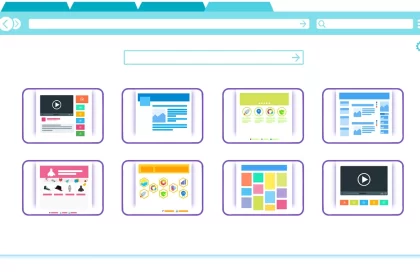One of the main advantages of using artificial intelligence (AI) is to help everyone look at social problems from a different perspective. While there’s been a lot of commotion on how to exploit AI, we shouldn’t forget the other forms AI can be used for better. Our global challenges are complex, and AI offers a valuable tool for growing human efforts to find solutions to vexing problems.Here are the Best Examples of Using Artificial Intelligence.
Listed below are the Examples of Using Artificial Intelligence
Cancer Screening
Artificial intelligence is already in use in healthcare, powered by deep-learning algorithms. In general, AI’s imaging capabilities promise the detection and screening of cancer, including breast cancer. AI is often used to forecast disease development via a healthcare network. Thanks to reported cancer studies, clinical trials, and drug development, there is a multitude of evidence that AI can help analyze and direct decision-making in health care.
Climate Change
With the help of artificial intelligence, we can make enormous progress in solving one of the world’s biggest problems. Climate change is a massive challenge, but many leading thinkers in AI and machine learning believe technology will address it. Machine learning can boost climate informatics; AI can also educate and predict the effects of climate change on different regions.
Wildlife Conservation
Another way AI is put to work for the planet is by environmental initiatives and provides an opportunity for underfunded conservationists to process data inexpensively.
Combat World Hunger
AI is one of the most powerful tools in the battle to end the world’s hunger crisis. It can analyze millions of data points to help identify the perfect crop, develop seeds, maximize current output, and precisely control the application of herbicides. Machine learning and big data can classify regions at higher risk of food shortages due to crop failure, increased prices, and drought.
Decrease in Inequality and Poverty
Even though one of the criticisms with AI algorithms is the human bias that can be introduced through skewed algorithms or training data sets, AI can actually help to reduce inequality.
Robotics
Industry leaders still cannot agree about what represents the word “robot.” Roboticists recognize that robots are programmable machines performing tasks, but no one can define precisely where the description ends. Today’s AI-powered robots, or at least those devices considered as such, have no inherent general intelligence but can solve problems and “thinking” in a limited capacity.










